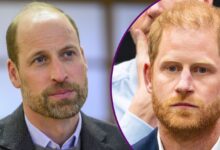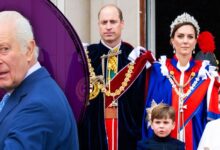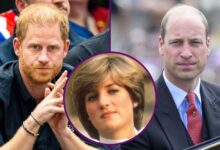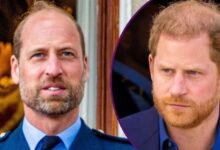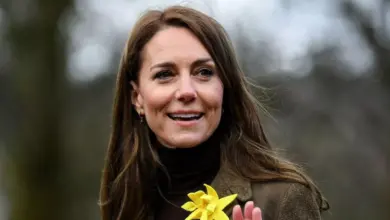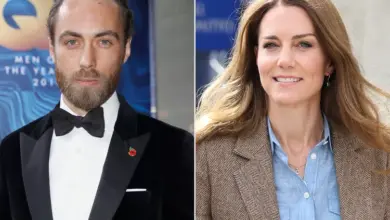Tragic reason why King Charles couldn’t marry Queen Camilla in the first place
The story behind why couldn’t King Charles marry Camilla when they first fell in love reveals how much has changed in the monarchy.
They’re now King and Queen. But there was once a time when Charles and Camilla’s love story seemed doomed before it even began.
So why couldn’t Charles marry Camilla from the start, and what changed to allow their eventual happy ending?

Why couldn’t Charles marry Camilla?
They may seem outdated today, but there were several serious reasons why Prince Charles didn’t marry Camilla Parker Bowles when they first fell in love in the early 1970s.
“It’s just not that simple,” royal historian Dr. Carolyn Harris explained, as reported by Reader’s Digest. “There were many reasons why Charles and Camilla did not marry in the 1970s, soon after they first met.”
Despite their instant chemistry, royal expectations, family pressures, and social norms all worked against the match. At the time of their first meeting in 1970, Charles was just 22 and not remotely interested in settling down.
“Camilla was already considering marriage and children. But Charles commented that he thought 30 was a good age to be married,” Carolyn said.
His royal duties also kept him away. From 1971 to 1976, Charles served in both the Royal Air Force and Royal Navy, giving him the perfect excuse to leave the relationship behind.
Meanwhile, although Camilla came from a respectable upper-class background, she didn’t belong to the titled aristocracy. This was a significant obstacle for a future queen consort.
In short, Camilla was not considered ‘queen material’ at the time.

Charles was told he could only ‘have a fling’
One of the most controversial reasons? Camilla was not considered “pure” by royal standards.
“In the 1970s, royal brides were expected to be without prior relationships,” Carolyn explained. Camilla had previously dated, including her on-and-off partner, Andrew Parker Bowles.
As Charles’s great-uncle Lord Mountbatten reportedly told him: “Lovely for you two to have a fling, but this absolutely cannot end in marriage.”
By contrast, Lady Diana Spencer, whom Charles married in 1981, ticked every royal box. She was young, aristocratic, beautiful, and crucially, had no public past.
“In the 1970s and ’80s, a titled aristocrat without past relationships, such as Lady Diana Spencer, was considered the ideal royal bride,” Carolyn noted.
Charles himself once reflected on the contrast. He said that Diana felt like a child while Camilla was an equal, someone who treated him like a person, not a prince.
However, while Charles was away on naval duty, Camilla rekindled things with Andrew Parker Bowles. According to biographers, her father, Bruce Shand, allegedly planted a fake engagement notice in The Times to pressure Andrew into proposing. The stunt worked. Camilla married Andrew in 1973, and by the time Charles returned, she was no longer available.
Charles eventually began courting Diana in 1980, and they married the following year. But as history would show, his heart wasn’t fully in it. Their marriage was famously plagued by infidelity, emotional distance, and incompatibility.
In 1995, Diana said what the world already suspected. “There were three of us in this marriage, so it was a bit crowded.”
According to Charles’ authorised biography by Jonathan Dimbleby, he resumed his relationship with Camilla in 1986, after his marriage had “irretrievably broken down.”
After both marriages collapsed in the 1990s, Charles and Camilla faced immense public scrutiny.
Still, the couple remained close. The tragic death of Diana in 1997 further complicated matters, delaying public acceptance of their relationship.

What changed?
When Queen Elizabeth, the Queen Mother, passed away in 2002, one of the last major barriers to Charles marrying Camilla disappeared. That same year, the Church of England also relaxed its stance on divorced couples remarrying.
In April 2005, Charles and Camilla married in a low-key civil ceremony. Queen Elizabeth II skipped the ceremony itself but attended the reception.
Today, Camilla is no longer a controversial figure.
She is Queen Consort, a title confirmed by Queen Elizabeth II herself, and now supports King Charles as his partner.
Their love story may have taken the long way around. But against all odds, they endured.
